Go Back
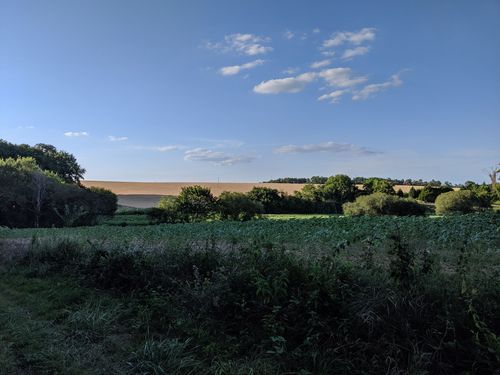
Discovering the New Mayapur Farm
New Mayapur isn't only a temple. It is home to an ever-growing community of dedicated devotees, who are always engaged in various services to Sri-Sri Gaura-Nitai, Sri-Sri Radha Govinda-Madhava and Sri-Sri Krsna-Balarama. Out of the many activities performed everyday here, one of them is of special importance to Srila Prabupada, and it is farming.
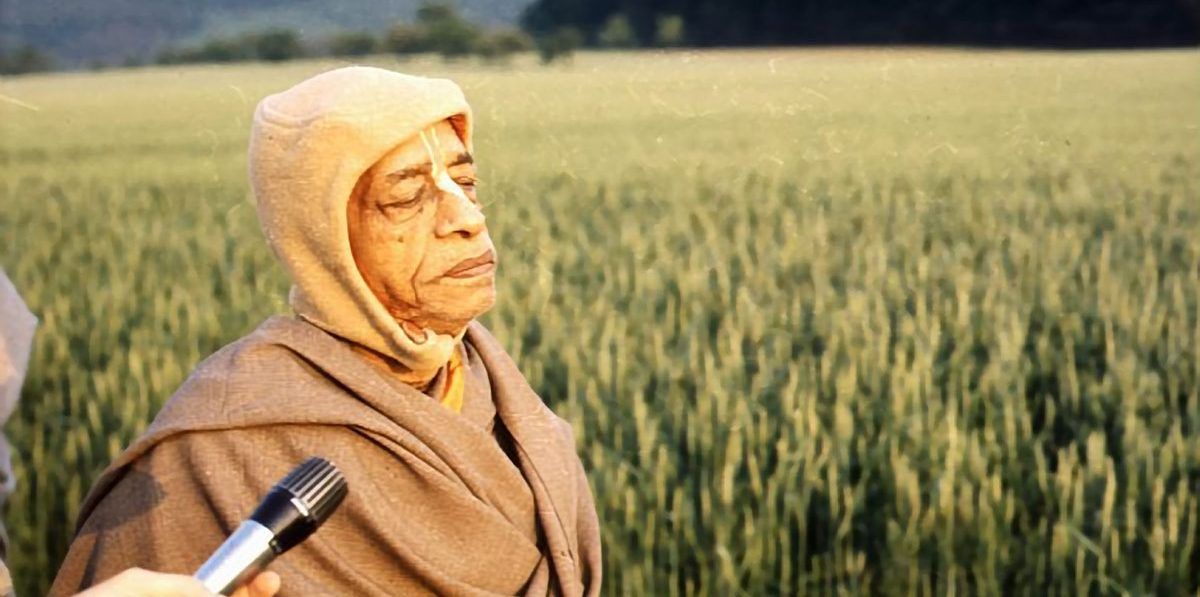
Since its creation, New Mayapur has always maintained a heard of at least a few animals, and grew vegetables and grains. Recently, however, things have taken a turn, as more individuals decided to engage in agricultural activities. Namacarya Dasa, the temple co-temple president, is now the president of the ALPI association, a structure dedicated to farming and animal husbandry, on New Mayapur's grounds. The association has been officially registered with the state, and benefits of the same rights and advantages other local farmers are entitled to.

Namacarya's been joined along the way by Baladeva Dasa, Nitai Caran Dasa, Manjuali Devi Dasi, Mahadevi Devi Dasi, and a host of other devotees. In a little more than a year, they have managed to acquire two Jersey cows, Gomata and Surabhi, who respectively gave birth to Kapila, a male, and Mangala, a female. Later on, Dharma, a little bull, joined the heard as he was effectively saved from the slaughterhouse his owner was planning to send him to.
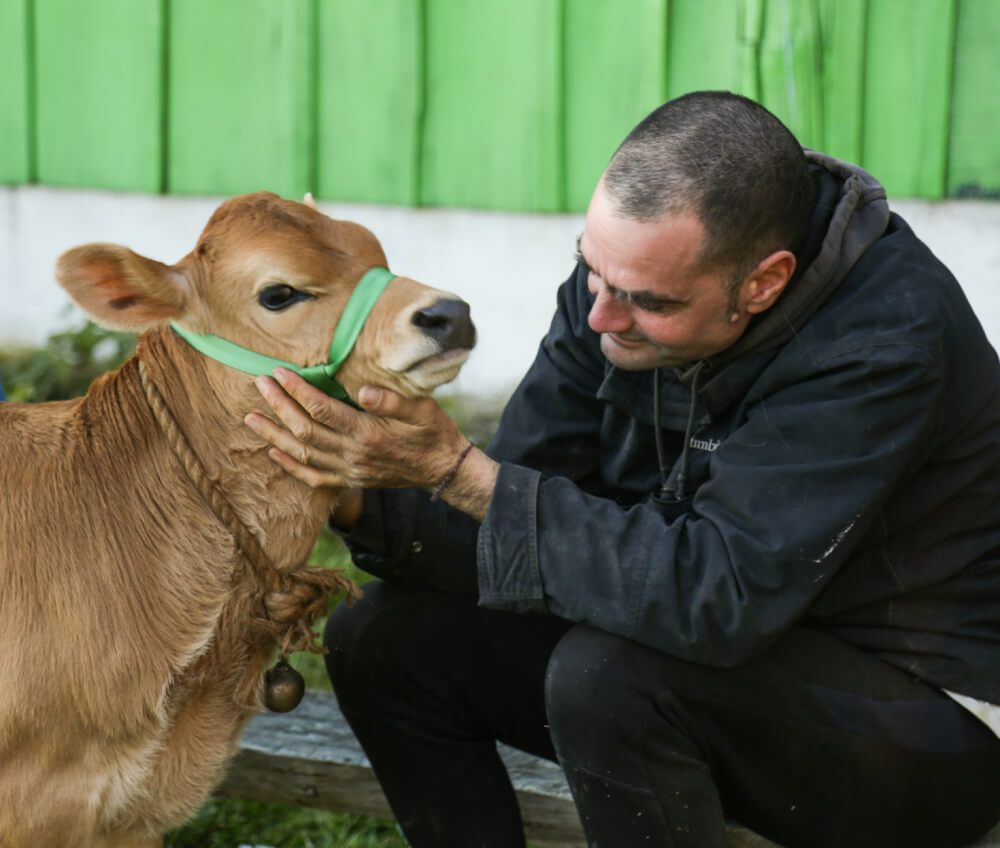
As you may know, New Mayapur is situated on the Domaine d'Oublaise, a vast property made of fields and forests. As such, in order to keep the property healthy and orderly, they got four male goats, who are busy everyday eating brambles, thorn bushes, weeds, and even some small undesirable trees! The farm team is also busy cutting and storing the forest's wood, in order to use it as firewood for the winter, as well as making it into planks for building future houses.

Every year, the New Mayapur farm grows around half a ton to a ton of grains, which can be either spelt, wheat or barley. The grains are then used to make breads and chapatis, which are then offered to the Deities. They are also producing a variety of vegetables like tomatoes, potatoes, beetroots, eggplants, capsicums, and much more. Those vegetables are either prepared fresh as sabjis for the whole community, or kept for the colder months, when the land isn't yielding any more produce.

As far as dairy is concerned, since the milk from Jersey cows is very rich, it is being transformed as yogurt and butter regularly, butter which is then made into ghee. The mangala-arati offering, which consists of hot milk and burfees, is made from Surabhi and Gomata's milk as well.
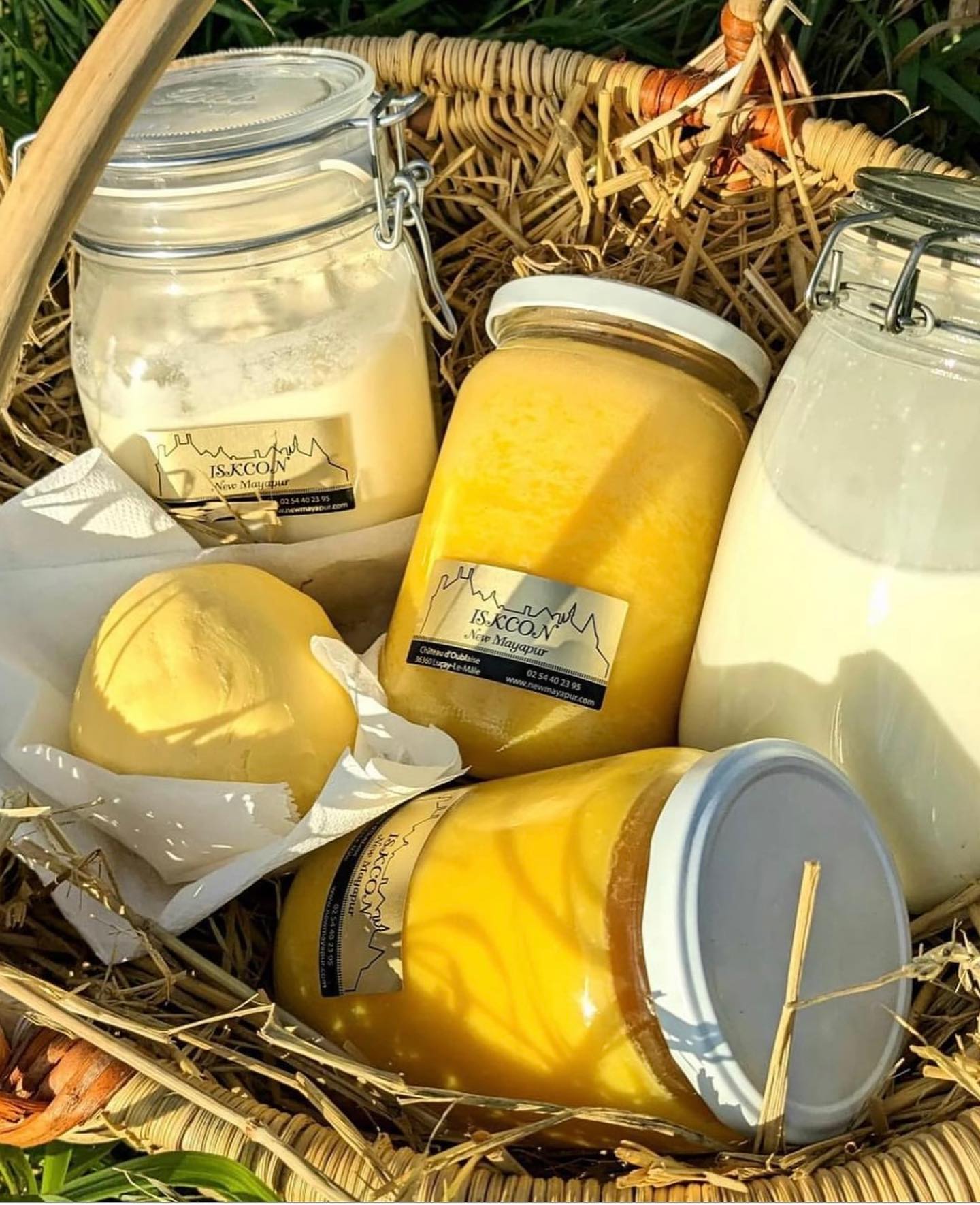
Two little Nubian female goats have recently joined the family. Once they're old enough, they might get impregnated, and their milk can be used to make cheeses, which are very popular in France. In order to reach self-sufficiency, the plan is now to increase the heard to around 30 cows, and for doing so, a new building is going to be constructed, which will be around 1000 square meters. The farm has been steadily increasing its member base, and many projects have been completed over the course of two years.
The New Mayapur farm is open for visitors all week long, and is open to take volunteers at any time during the year. If you are interested to know more, visit the farm page on our website, and follow us on Facebook and Instagram.
About the Author

Vidura Dasa
Vidura Dasa is a full-time temple resident. He is engaged in various services, such as performing puja, managing New Mayapur's social media, and IT support. He has a Bachelor of Fine Arts, and is passionate about music and everything computer-related.
Read More
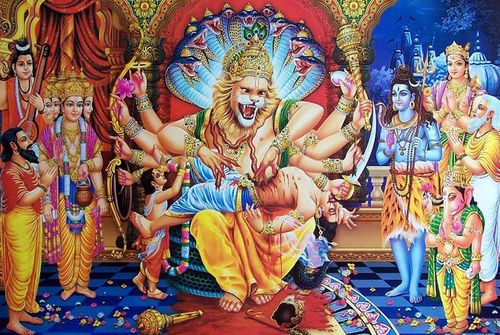
The Lord Who Protects
#TempleEvery year I look forward to the month of May – when the most awe-inspiring, breath-taking Avatar of Lord Krishna appeared: Lord Nrisimhadeva. He is known for protecting devotees, and countless storie...
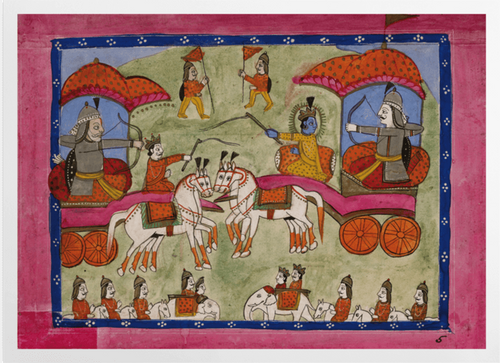
Bhagavad-Gita - Chapter 4, Verse 2
#TempleHow relevant can the Bhagavad-Gita be in our modern daily life? As tradition tells us, it has been spoken more than 5000 years ago by Lord Sri Krishna, at a place called Kurukshetra. Is it simply a di...